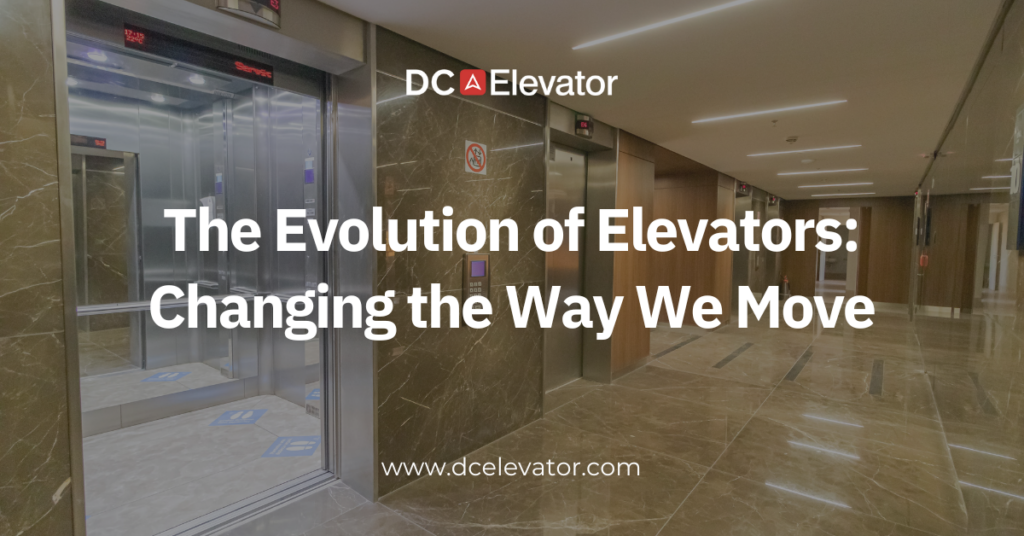Elevators have become an integral part of modern life, revolutionizing the way we navigate tall buildings and making vertical travel more efficient than ever before. From humble beginnings to futuristic designs, elevators have undergone significant advancements over the years. In this blog, we will explore the fascinating history, technological innovations, and future prospects of elevators.
The Early Days:
Elevators have a long history, dating back to ancient civilizations. The ancient Greeks and Romans used simple systems of ropes and pulleys to lift heavy objects. However, the concept of elevators as we know them today began to take shape during the Industrial Revolution. The first passenger safety elevator, designed by Elisha Otis, made its debut in 1853, featuring a safety mechanism that prevented the cabin from falling in case of cable failure.
Skyward Bound: High-Rise Buildings and the Rise of Elevators:
The advent of steel-framed structures in the late 19th century paved the way for taller buildings, increasing the demand for efficient vertical transportation. The development of electric-powered elevators by the end of the 19th century allowed for greater speed and capacity, making it possible to transport people swiftly and comfortably.
Technological Advancements:
The 20th century witnessed remarkable technological advancements in elevator design. The introduction of automatic controls and push-button operation in the 1920s made elevators more user-friendly. Hydraulic systems, introduced in the 1950s, became popular for low-rise buildings, while traction systems with steel cables continued to dominate high-rise applications.
From Functionality to Luxury: Modern Elevator Designs:
Today, elevators are not just functional; they have become works of art and symbols of architectural excellence. Architects and designers now focus on creating aesthetically pleasing elevators with luxurious interiors, panoramic views, and advanced multimedia systems. These design elements aim to enhance the overall passenger experience and transform the elevator ride into a memorable one.
Sustainable Solutions: Elevators Going Green:
As environmental concerns grow, elevators have also adapted to become more sustainable. Energy-efficient technologies, such as regenerative drives and LED lighting, help reduce power consumption. Additionally, smart systems that optimize elevator usage, such as destination dispatching, contribute to energy conservation and operational efficiency.
The Future of Vertical Transportation:
The future of elevators holds exciting possibilities. Cutting-edge technologies like magnetic levitation (maglev) and ropeless elevators are being explored, promising faster speeds, increased capacity, and improved flexibility in building design. As elevators continue to evolve, they will play a crucial role in shaping the skylines of tomorrow.
